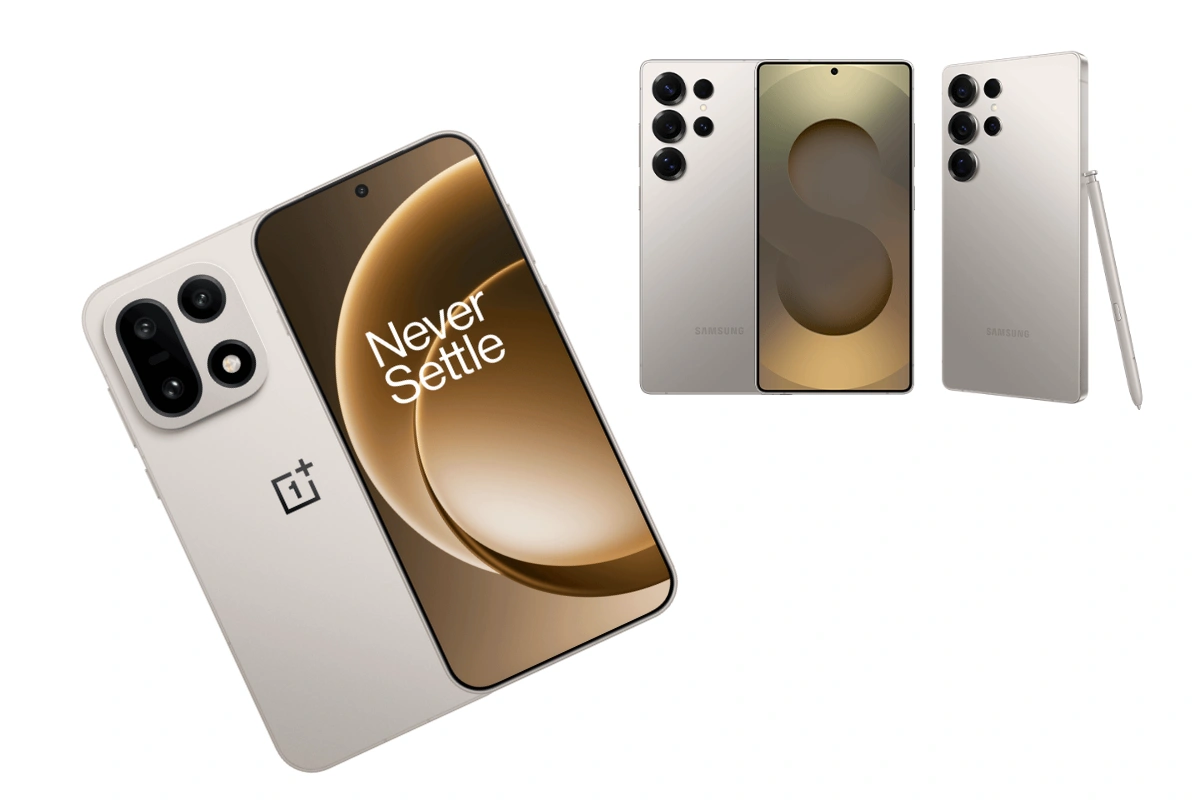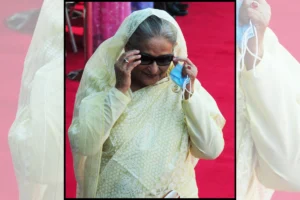
As smartphone buyers evaluate the latest premium offerings, two models have taken centre stage: the newly launched OnePlus 15 and Samsung’s Galaxy S25 Ultra.
While both compete in the same flagship category, their approaches to performance, battery life, charging capabilities, and usability differ significantly. Here are five reasons why the OnePlus 15 may offer better value for everyday users.
Larger Battery and Longer Backup
OnePlus equips its new flagship with a substantial 7,300mAh silicon–carbon battery, making it far larger than the Galaxy S25 Ultra’s 5,000mAh unit.
In everyday use, the OnePlus 15 is claimed to deliver nearly two days of power, whereas Samsung’s model usually lasts about a day and a half. The silicon–carbon chemistry allows higher energy density without adding excessive weight, giving OnePlus a distinct endurance advantage.
Faster and More Versatile Charging
Charging speeds present another clear difference. The OnePlus 15 supports 120W wired charging with its bundled adapter and offers compatibility with USB-PD and PPS at 36W and 55W.
Even in regions where charging is capped at 80W, the device still outpaces Samsung’s 45W ceiling. OnePlus says the handset charges fully in under an hour, while the Galaxy S25 Ultra slows earlier in the cycle and takes longer overall.
Both models include wireless charging, but Samsung adds Qi2 support. For wired charging, however, OnePlus maintains a decisive lead.
Superior Performance with the Latest Chipset
Under the hood, the OnePlus 15 runs Qualcomm’s latest Snapdragon 8 Elite Gen 5 chipset. In contrast, Samsung uses a customised version of last year’s processor.
Benchmark results place OnePlus comfortably ahead, with stronger CPU and GPU scores. Its updated cores and newer Adreno GPU allow smoother operation, especially during resource-heavy tasks and multitasking.
Enhanced Gaming Experience
Gamers are likely to appreciate the OnePlus 15’s 165Hz display, which supports frame rates of up to 165 fps in compatible titles.
A 3,200Hz touch sampling rate further improves responsiveness, especially in competitive games. While many mobile games are still capped at 60 or 120 fps, the additional headroom benefits demanding users. The display resolution is 1.5K rather than 2K, though this difference tends to be negligible in everyday use.
Practical Extras That Add Everyday Convenience
The OnePlus 15 includes an ultrasonic fingerprint sensor that unlocks swiftly even with short taps. It also carries IP68, IP69, and IP69K ratings, offering robust resistance to dust and high-pressure water jets.
Additional features include an IR blaster for controlling household appliances and a programmable Plus Key that replaces the alert slider, giving users customisable quick-access functionality.
Which Flagship Offers Better Value?
While both smartphones occupy the top end of the market, the OnePlus 15 stands out for its larger battery, quicker charging, newer chipset, gaming-friendly display, and practical extras.
For users prioritising endurance, performance, and everyday convenience, OnePlus’ latest flagship may be the more compelling choice.
Also Read: India’s Space Program Accelerates; Sets Sights On Human Flight In 2025
To read more such news, download Bharat Express news apps






















